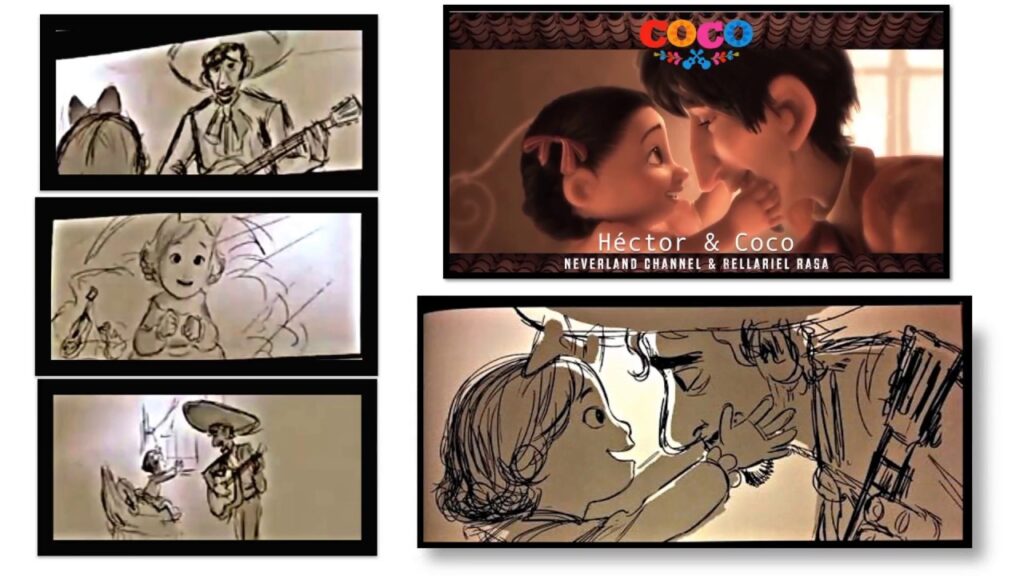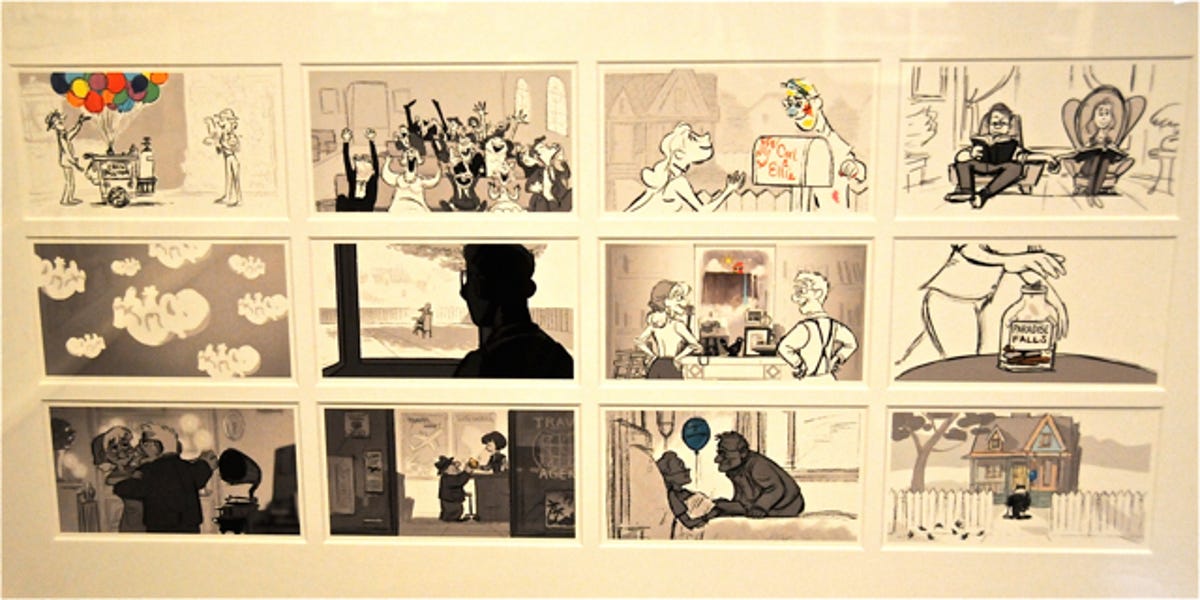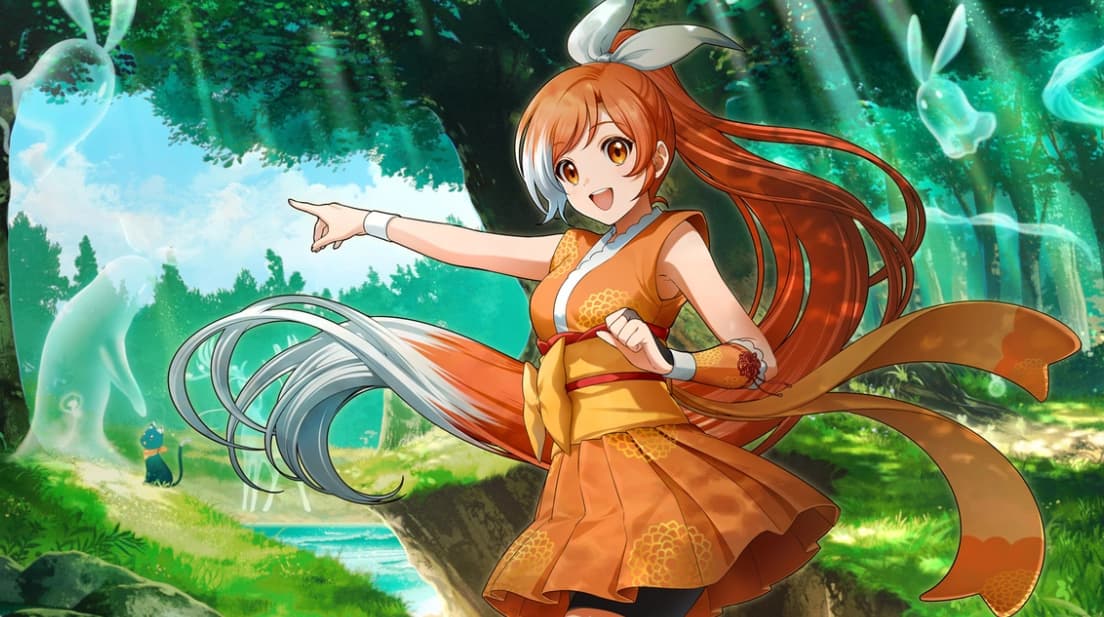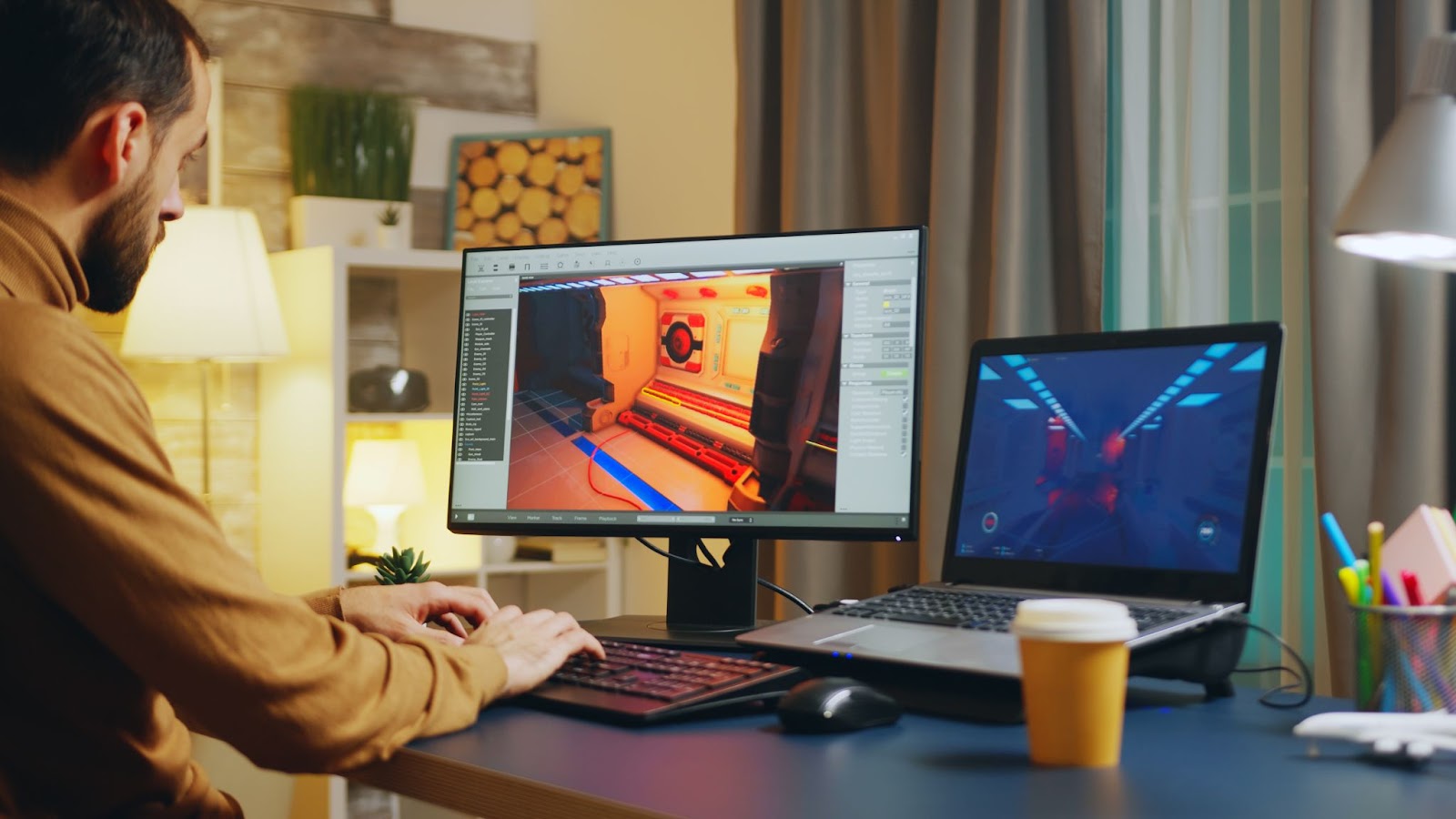From ancient cave paintings to modern cinema, humans have utilized visual storytelling to share experiences, communicate ideas, and preserve cultural heritage. In today’s digital age, visual storytelling has taken on new forms and dimensions, with advancements in technology enabling creators to craft immersive and engaging visual narratives across various mediums.
One such medium where visual storytelling thrives is in the world of animation, where studios like Pixar have mastered the art of using images to tell compelling stories that resonate with audiences of all ages.
The Artistry of Pixar Storyboards

Pixar is renowned for its storytelling prowess, and a significant part of that storytelling magic begins with storyboarding. Storyboarding is essentially the visual blueprint of a film, where artists sketch out key scenes and sequences, capturing the essence of the story, characters, and emotions. In the case of Pixar, the artistry of their storyboards is truly remarkable and plays a crucial role in shaping the final look and feel of their films.
Here are some aspects that highlight the artistry of Pixar storyboards:
- Clarity of Expression: Pixar storyboards excel in conveying complex ideas and emotions with simplicity and clarity. Each storyboard panel is carefully crafted to communicate the essence of a scene, whether it’s a character’s expression, movement, or the dynamics of a particular moment;
- Composition and Framing: The composition of Pixar storyboards is often akin to that of a master painter. Every frame is meticulously composed, considering elements such as balance, focal points, and visual flow. This attention to detail ensures that each panel not only serves its narrative purpose but also stands as a piece of visual art on its own;
- Character Development: Pixar is celebrated for its richly developed characters, and this depth begins to emerge even in the storyboard phase. Storyboard artists infuse personality and nuance into their character sketches, helping to establish the distinct traits and quirks that make each character memorable;
- Emotional Resonance: One of Pixar’s greatest strengths is its ability to evoke deep emotions in its audiences. This emotional resonance is often first captured in the storyboards, where artists employ techniques such as dynamic posing, expressive facial expressions, and clever use of light and shadow to heighten the emotional impact of a scene;
- Visual Storytelling: Storyboards are a visual medium, and Pixar leverages this aspect to its fullest. Each panel tells a part of the story through imagery alone, with minimal reliance on dialogue or text. This visual storytelling allows for a universal appeal, transcending language barriers and resonating with audiences of all ages and backgrounds;
- Collaborative Process: While individual storyboard artists contribute their unique talents to the process, the creation of Pixar storyboards is ultimately a collaborative endeavor. Artists work closely with directors, writers, and other members of the creative team to ensure that the storyboards align with the overall vision for the film, resulting in a seamless and cohesive narrative experience.
Overall, the artistry of Pixar storyboards lies in their ability to capture the imagination, evoke emotion, and bring the creative vision of filmmakers to life in a visually stunning and compelling manner. These storyboards serve as the foundation upon which Pixar’s beloved films are built, demonstrating the power of storytelling through both words and images.
From Concept to Creation
The journey from concept to creation in the world of animation, particularly at studios like Pixar, is a fascinating and intricate process that involves numerous stages, each crucial to the final product. Here’s a general overview of how this journey unfolds:
- Concept Development: It all begins with an idea, whether it’s a simple premise, a character, or a visual concept. This initial spark can come from anywhere – a filmmaker’s personal experience, a piece of art, a dream, or even just a random thought. At Pixar, the concept development phase often involves brainstorming sessions, where creative teams generate and refine ideas through collaboration and feedback;
- Story Development: Once a promising concept is identified, it’s time to flesh out the story. This involves crafting characters, developing plotlines, and defining the thematic elements that will drive the narrative forward. Story artists may create rough storyboards or animatics to visualize key scenes and sequences, helping to refine the story structure and pacing;
- Scriptwriting: With the story taking shape, writers begin drafting the screenplay. This involves translating the story beats and character arcs into dialogue and descriptive action, ensuring that the script effectively communicates the intended narrative and emotional beats. The scriptwriting process often involves multiple drafts and revisions based on feedback from directors, producers, and other stakeholders;
- Storyboarding: Storyboarding is a critical step in the visual development of an animated film. Storyboard artists translate the script into a series of sequential drawings, capturing key moments, camera angles, and character expressions. These storyboards serve as a visual blueprint for the film, providing a roadmap for the animators, layout artists, and other production departments;
- Visual Development: Concurrently with storyboarding, artists begin to explore the visual style and design elements of the film. This includes creating concept art for characters, environments, props, and visual effects, as well as establishing color palettes and mood boards. The visual development phase helps to define the overall look and feel of the film, setting the tone for the animation process to come;
- Pre-visualization (Previs): Previs involves creating rough, low-resolution animated sequences based on the storyboards. These sequences give filmmakers a sense of how the action and pacing will flow in the final film, allowing them to make adjustments to the story and staging as needed before full production begins;
- Animation: Once the story, visual style, and previs are approved, full-scale animation production begins. This typically involves a combination of hand-drawn animation, computer-generated imagery (CGI), and other animation techniques, depending on the specific requirements of the film. Animators bring characters to life, imbuing them with movement, personality, and emotion, while layout artists create the environments and backgrounds against which the action takes place;
- Lighting, Texturing, and Effects: After the animation is complete, the film enters the lighting, texturing, and effects stage. Lighting artists add depth and atmosphere to the scenes, while texture artists apply surface textures to characters and objects, making them look more realistic or stylized, depending on the artistic direction of the film. Effects artists create elements such as water, fire, smoke, and other dynamic simulations, enhancing the visual impact of the film;
- Editing and Post-Production: Once all the visual elements are in place, the film enters the editing and post-production phase. Editors assemble the animated sequences, fine-tuning the pacing and timing to ensure a cohesive narrative flow. Sound designers and composers add music, sound effects, and dialogue to enhance the auditory experience, while colorists adjust the color grading to achieve the desired look and mood for the final film;
- Release and Distribution: Finally, after months or even years of development and production, the film is ready for release. It premieres in theaters or on streaming platforms, reaching audiences around the world and, hopefully, delighting them with its captivating story, stunning visuals, and memorable characters.
Throughout this entire journey, collaboration, creativity, and attention to detail are paramount, as filmmakers work tirelessly to bring their vision to life on the big screen. From concept to creation, every step of the process contributes to the magic of animation, making it one of the most beloved and enduring forms of storytelling in the world of entertainment.
The Power of Visual Storytelling

The power of visual storytelling lies in its ability to communicate complex ideas, evoke emotions, and connect with audiences on a profound level through imagery alone. Here are several key aspects that illustrate this power:
- Universal Language: Visual storytelling transcends linguistic and cultural barriers, making it accessible to diverse audiences worldwide. Pictures have the remarkable ability to convey meaning and emotion in a way that words alone cannot, allowing stories to be understood and appreciated across different backgrounds and experiences;
- Emotional Impact: Images have the power to evoke strong emotional responses from viewers. Whether it’s a poignant photograph, a striking painting, or a captivating film scene, visual storytelling has the ability to elicit feelings of joy, sadness, awe, empathy, and everything in between. By tapping into universal emotions, visual stories can forge deep connections with audiences and leave a lasting impression;
- Engagement and Attention: In today’s fast-paced world, capturing and maintaining audience attention is more challenging than ever. Visual storytelling offers a solution by capturing attention quickly and holding it through compelling imagery and narrative techniques. Whether it’s a stunning graphic novel, an eye-catching advertisement, or an immersive virtual reality experience, visual stories have a unique ability to captivate and engage viewers;
- Memorability: Studies have shown that people are more likely to remember information presented visually compared to information presented verbally or in text. Visuals are processed more quickly by the brain and are stored in long-term memory more effectively, making them inherently more memorable. By leveraging the power of visual storytelling, creators can make their messages more memorable and impactful;
- Simplicity and Clarity: Visual storytelling has the ability to distill complex ideas and concepts into simple, easily understandable images. Whether it’s using infographics to convey data, using icons to represent ideas, or using symbols to convey themes, visual stories can communicate information quickly and effectively, making them valuable tools for education, communication, and advocacy;
- Creativity and Imagination: Visual storytelling encourages creativity and imagination, allowing storytellers to express ideas in innovative and visually compelling ways. From traditional art forms like painting and sculpture to modern mediums like animation and virtual reality, visual storytelling offers endless possibilities for creative expression and experimentation;
- Inspiration and Empowerment: Visual stories have the power to inspire, motivate, and empower audiences to take action and make positive changes in their lives and communities. Whether it’s raising awareness about social issues, celebrating cultural heritage, or sparking imagination and curiosity, visual storytelling can be a catalyst for change and transformation.
Overall, the power of visual storytelling lies in its ability to transcend boundaries, evoke emotions, engage audiences, and inspire action. Whether it’s through a single image, a series of illustrations, or a full-length film, visual storytelling has the capacity to move, educate, and entertain in ways that words alone cannot.
What is a Pixar Coco storyboard?
<iframe width=”560″ height=”315″ src=”https://www.youtube.com/embed/ExGb3La0SS4?si=ijKGMCxDLFU7cWvv” title=”YouTube video player” frameborder=”0″ allow=”accelerometer; autoplay; clipboard-write; encrypted-media; gyroscope; picture-in-picture; web-share” allowfullscreen></iframe>
Pixar’s “Coco” is a vibrant and heartfelt animated film that delves into themes of family, tradition, and the power of music. Released in 2017, it follows the journey of Miguel Rivera, a young boy with a passion for music who dreams of becoming a musician like his idol, Ernesto de la Cruz. However, Miguel’s family has a generations-old ban on music due to a past family tragedy, and they expect him to continue the family tradition of shoemaking.
On Dia de los Muertos (Day of the Dead), a Mexican holiday honoring deceased loved ones, Miguel accidentally finds himself transported to the Land of the Dead. There, he encounters his deceased relatives and embarks on a quest to uncover his family’s mysterious past and restore music to his life.
Here are some key aspects of “Coco” that make it a beloved Pixar film:
- Cultural Authenticity: “Coco” is celebrated for its respectful and authentic portrayal of Mexican culture, particularly the traditions surrounding Dia de los Muertos. Pixar conducted extensive research and consulted cultural advisors to ensure accuracy and authenticity in the film’s depiction of Mexican customs and beliefs;
- Stunning Visuals: As with all Pixar films, “Coco” features stunning animation and vibrant visuals. The Land of the Dead is depicted as a colorful and lively world filled with intricate details and breathtaking landscapes;
- Emotional Depth: Like many Pixar films, “Coco” explores complex themes and emotions, including family, identity, and the importance of following one’s passions. The film’s emotional resonance resonates with audiences of all ages, leading to both laughter and tears;
- Memorable Characters: From Miguel’s spirited great-grandmother Mama Coco to the charming trickster Hector, “Coco” features a diverse cast of memorable characters. Miguel’s journey of self-discovery and his relationships with his family members drive the heartwarming narrative forward;
- Musical Score: Music plays a central role in “Coco,” with a soundtrack featuring original songs such as “Remember Me” and “Un Poco Loco.” The film’s music adds depth and emotion to the storytelling, enhancing the overall viewing experience.
Overall, “Coco” is a testament to Pixar’s storytelling prowess and its ability to create films that resonate with audiences on a profound level. Through its richly detailed animation, compelling characters, and universal themes, “Coco” has earned its place as a beloved classic in the world of animated cinema.
Conclusion
In a world where communication is increasingly reliant on visuals, the power of visual storytelling has never been more evident. From the earliest forms of artistic expression to the cutting-edge animation techniques of today, visual storytelling continues to captivate and inspire audiences around the globe. Whether it’s through a single image, a series of illustrations, or a feature-length film, the ability to convey meaning, evoke emotion, and spark imagination through imagery is a testament to the enduring impact of visual storytelling. As technology continues to evolve and new platforms for storytelling emerge, one thing remains clear: the art of visual storytelling will continue to thrive, shaping our understanding of the world and enriching our lives for generations to come.
Unlock the magic of Pixar storyboards and discover the secrets behind their storytelling prowess. Dive into the world of animation and explore the artistry that brings beloved characters and stories to life.



